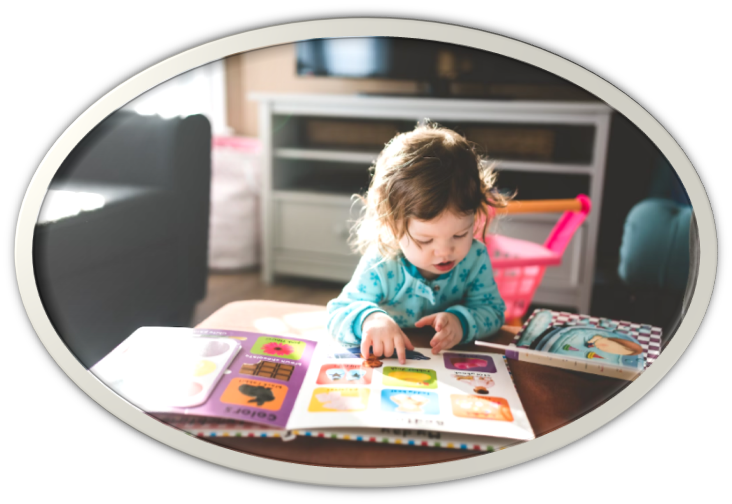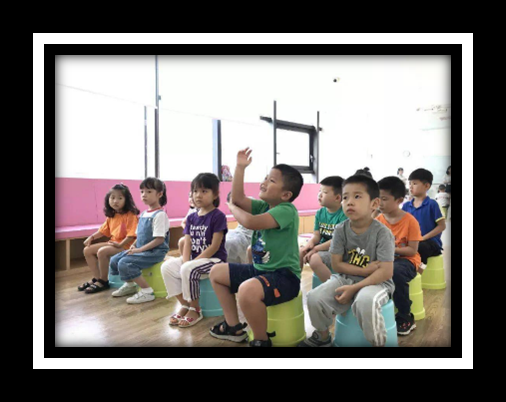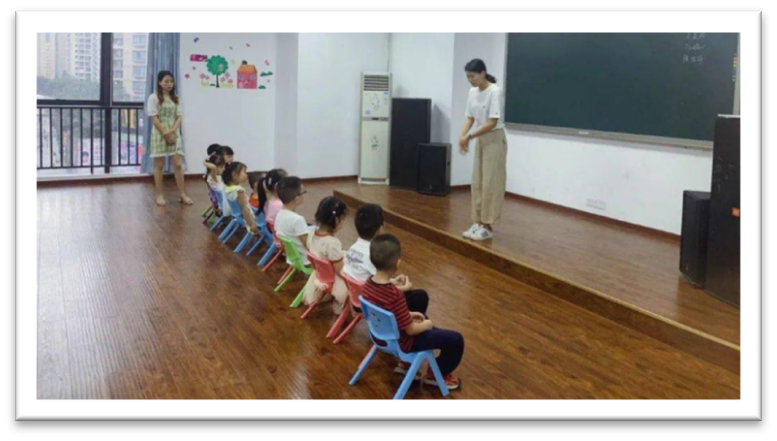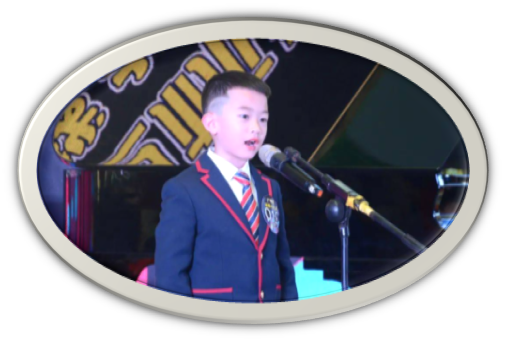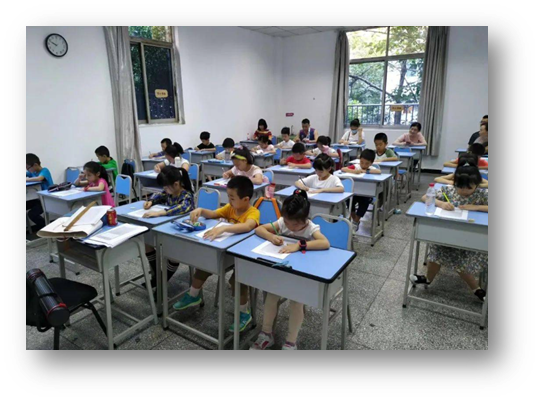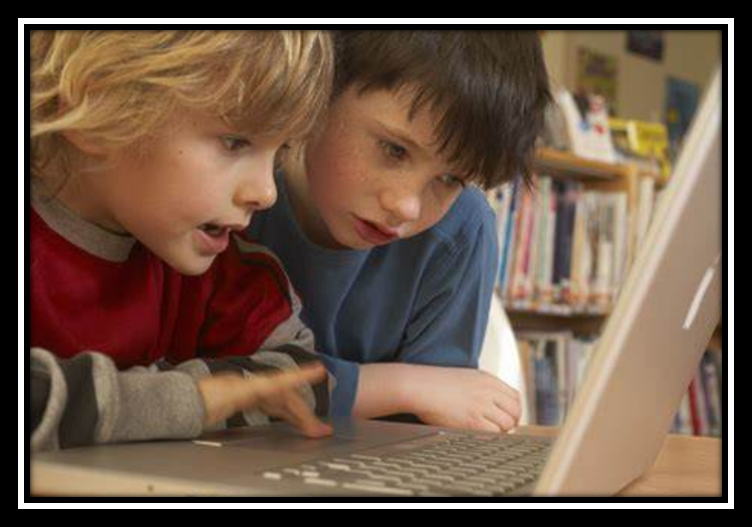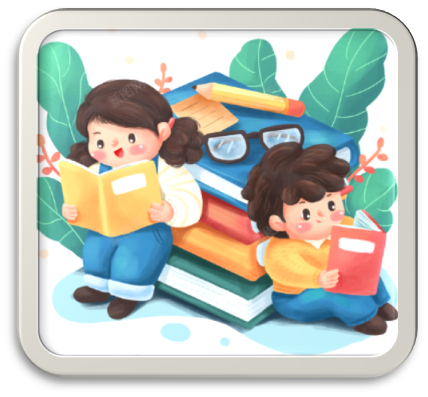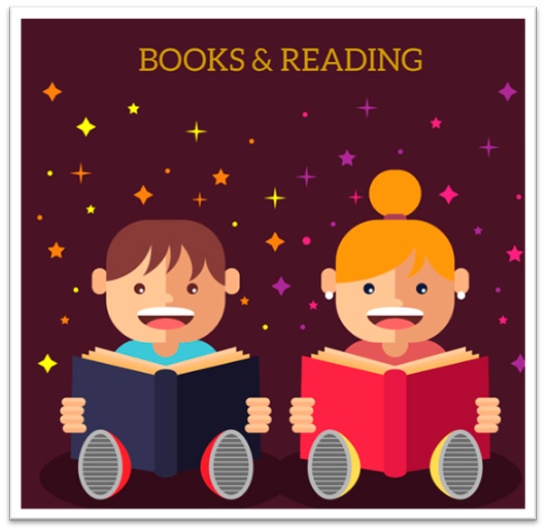The study found that Chinese beginner lessons for Childs, as one of the compulsory courses for foreign children, are also the cultural courses that they focus on learning.
Based on this background, in order to create a good learning and further study environment, we will increase the intensity of innovation in teaching Chinese as a foreign language.
I believe that integrating cultural teaching into the teaching of Chinese as a foreign language is conducive to improving the effectiveness of teaching Chinese as a foreign language, and can strengthen the communication and interaction between language and culture.

For a long time, cultural teaching has occupied a leading core position in China’s education and teaching process. In the teaching of Chinese as a foreign language, cultural teaching plays a huge positive role.
Chinese as a foreign language is mainly for foreign learners, and because the environment of foreign students is different from China, its regional culture is quite different from China. Therefore, when learning the Chinese language, we must first do a good job in cultural teaching and master the foundation and characteristics of cultural teaching.
The significance of Chinese teaching of Chinese as a foreign language is reflected in the following three aspects:
(1) It is conducive to the organic unity of language and culture
In the process of teaching Chinese as a foreign language, teachers can help students master the basic knowledge of Chinese as a foreign language through effective language transmission. On the other hand, it can lead students to appreciate Chinese culture and feel the true charm of Chinese language in the cultural background.
Chinese culture has a long history, contains the diligence and wisdom of people of all ethnic groups, and reflects the thinking and soul of the Chinese working people.
Therefore, effectively integrating cultural teaching into the process of teaching Chinese as a foreign language can obviously deepen students’ understanding of Chinese and improve their ability to understand culture to a certain extent.
It can be said that the Chinese teaching of Chinese as a foreign language is conducive to the organic unity of language and culture, and finally realizes the dual education mode of language education and cultural education, so that children can master Chinese language knowledge while having a deep and comprehensive understanding of Chinese culture.
(2) It is conducive to the improvement of students’ Chinese language comprehension
In the process of teaching Chinese as a foreign language, effectively integrating cultural teaching and realizing the organic unity of language and culture can improve children’s understanding and mastery ability to a certain extent, which is conducive to children’s in-depth understanding of Chinese knowledge and Chinese culture.
At the same time, through the continuous penetration of cultural teaching, it can improve children’s Chinese language cognition, which is conducive to the cultivation of children’s strong interest in learning Chinese knowledge and understanding Chinese traditional culture.
Since the main learning subjects of Chinese beginner lessons for Childs are foreign children, these children do not know much about Chinese culture, so in the process of teaching Chinese as a foreign language.
If teachers can integrate cultural teaching thinking and start from the level of Chinese culture to guide children to understand and master Chinese as a foreign language, then substantial results will be achieved, which is conducive to the improvement of children’s interest and learning ability in learning Chinese as a foreign language, and finally can achieve the expected learning goals.
(3)It is conducive to the cultivation of students’ practical communication skills
The main learning object of this course is foreign students who come to study and further study, because foreign children do not know much about Chinese language knowledge and culture, and often communicate in their mother tongue.

Therefore, in the process of learning, it is inevitable that it will be interfered and influenced by the mother tongue, which will bring certain difficulties to learning Chinese knowledge and seriously affect the ability to understand Chinese knowledge.
At the same time, because foreign children come from different countries and regions, there are certain differences in their ability to learn Chinese knowledge, and some children do not even know what Chinese culture is and the inevitable connection between Chinese culture and Chinese language.
As a systematic and complex teaching work, Chinese beginner lessons for Childs must be closely integrated with cultural teaching in the actual teaching process to realize the dual education teaching mode in order to meet the real needs of teaching Chinese as a foreign language.
If it is only simple Chinese teaching, it does not organically combine Chinese teaching with cultural teaching, that is, ignores cultural teaching, this teaching method is obviously unreasonable and unscientific.
Your child can learn Chinese online through our real-time tutoring. Get a free trial course now! No promises, just simple fun. No matter what your child’s learning needs are, we have customized solutions!

